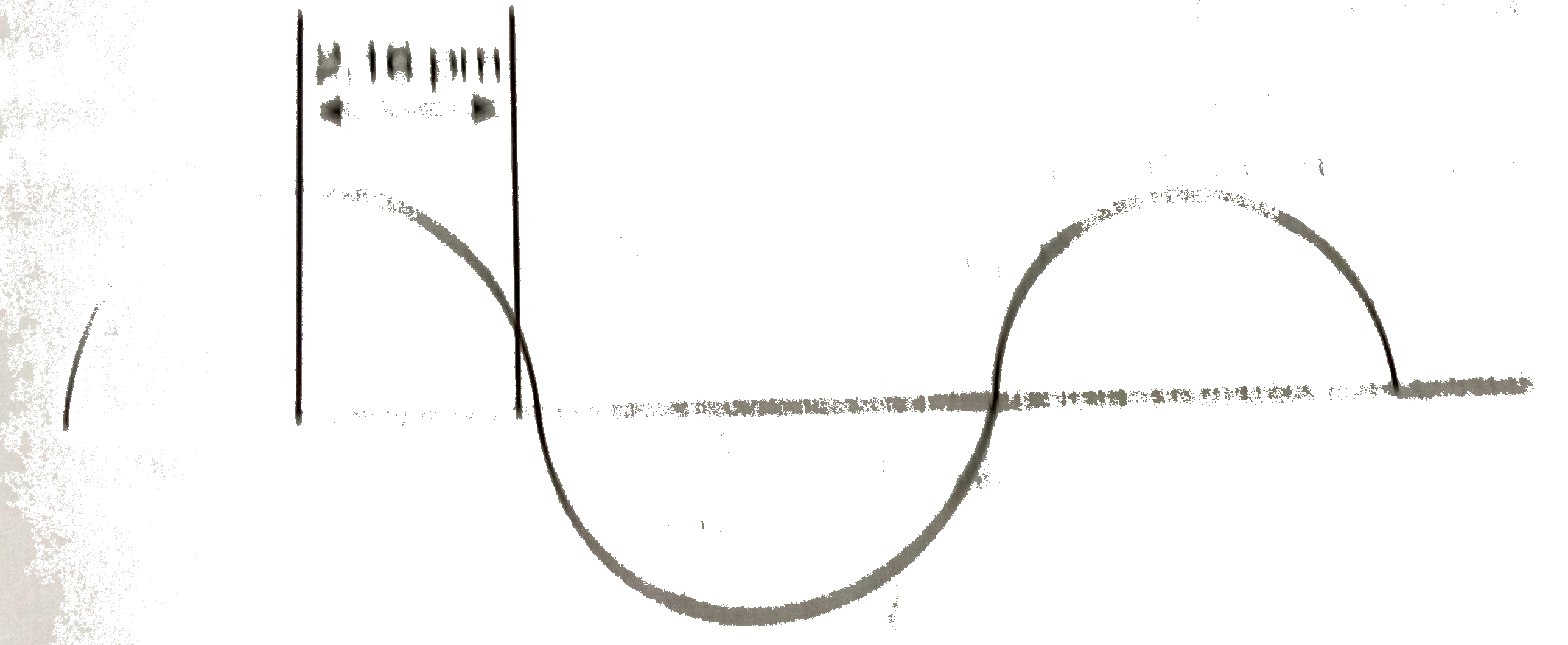Consider a hypothetical annihilation of a stationary electron with a stationary positron. What is the wavelength of the resulting radiation?
A
hm0c
B
h2m0c)
C
2hm0c
D
h4πm0c
Video Solution
Text Solution
The correct Answer is:1
From conservation of momentum two indentical photons must travel in opposite direction with equal maagnitude of momentum and energy hcλ. From conservation of energy,
hcλ+hcλ=m0c2+m0c2orλ=h/m0c.
|
Topper's Solved these Questions
- DUAL NATURE OF RADIATION AND MATTERBOOK - NARAYNACHAPTER - DUAL NATURE OF RADIATION AND MATTEREXERCISE - EXERCISE - 1 (H.W)
24 Videos
- DUAL NATURE OF RADIATION AND MATTERBOOK - NARAYNACHAPTER - DUAL NATURE OF RADIATION AND MATTEREXERCISE - EXERCISE - 2 (C.W)
25 Videos
- DUAL NATURE OF RADIATION AND MATTERBOOK - NARAYNACHAPTER - DUAL NATURE OF RADIATION AND MATTEREXERCISE - C. U. Q
88 Videos
- CURRENT ELECTRICITYBOOK - NARAYNACHAPTER - CURRENT ELECTRICITYEXERCISE - Level 6
43 Videos
- DUAL NATUREBOOK - NARAYNACHAPTER - DUAL NATUREEXERCISE - LEVEL-II (H.W)
17 Videos
Similar Questions
Knowledge Check
Consider a hypothetical annihilation of a stationary electron with a stationary positron. What is the wavelength of the resulting radiation?
Ah2m0CB2hm0CChm0CDh√2m0CVelocity of an electron in the Iind stationary orbit of hydrogen atom is
AEqual to velocity of lightBEqual to 1137 times velocity oflightCEqual to velocity of an electron in sixth stationary orbit of Li+2DEqual to 1274 times of the velocity of lightTotal energy of electron in nth stationary orbit of hydrogen atom is
A13.6n2JouleB13.6n2eVC−13.6n2eVD−13.6n2Joule
A hypothetical electromagnetic wave is shown in figure. Find out the wavelength of the radiation.

View SolutionWhat is the interpretation of Bohr's stationary orbit's in terms of the Broglie wavelength of the electron in that orbit ?
View SolutionWhen electrons revolve in stationary orbits,
View SolutionA strong magnetic field is applied on a stationary electron, then
View SolutionWhen electrons revolve in stationary orbits,
View Solution
